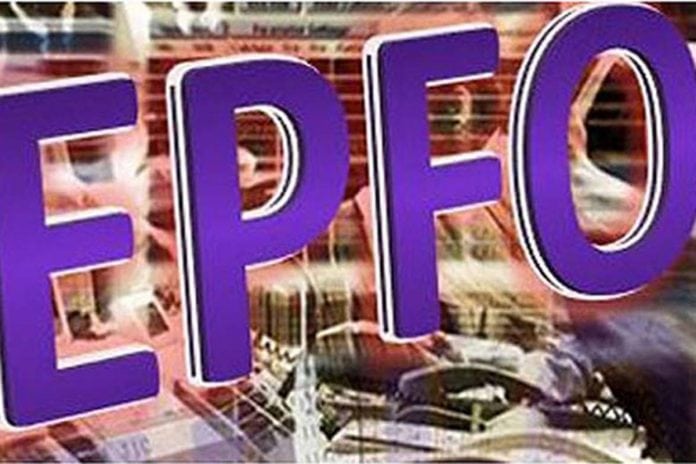There is then the interest earned on the EPFO balances. Every Rs 1 lakh of contribution/accumulation earns Rs 8,550 per year and, based on the same 15% tax rate, that is another Rs 1,282.5 of tax loss.
Concerned with the high level of premature withdrawals from the Employees Provident Fund Organisation (EPFO), the fund has proposed a cap on such withdrawals in case of, say, a job loss, according to a news report in Business Standard. Since EPFO is a retirement saving, it is understandable that the government should want to keep premature withdrawals to the minimum since a lower corpus means there will be pressure on the government to look after retirees. Indeed, the government is well within its rights to put various curbs since it is incurring a huge cost as well. Since all contributions are tax-exempt, an annual contribution of, say Rs 100,000 means a tax loss of Rs 15,000—assuming an average tax of 15%. There is then the interest earned on the EPFO balances. Every Rs 1 lakh of contribution/accumulation earns Rs 8,550 per year and, based on the same 15% tax rate, that is another Rs 1,282.5 of tax loss. Also, since the EPFO invests in long-term securities or in equity, any premature withdrawals also affects its income streams—it may have to, for instance, sell its shares at a time when the market is down in order to deal with premature withdrawals.
Yet, it remains true that the money belongs to subscribers and not the government. Given this, the most logical thing for the EPFO to do is to put stiff penalties for premature withdrawal and for the government to claw back some of the tax benefits provided by it. The National Pension Scheme, a competitor to the EPFO, for instance, allows just three withdrawals during a contributor’s entire life and the gap between each instance has to be five years.
There is, however, a related issue here. Right now, an individual’s post-retirement earnings depend upon how much money is accumulated in both her EPFO and EPS accounts. While the EPS determines the monthly pension, since the EPFO corpus will also generate a monthly return, both sums are important. Over the past several years, with the EPS corpus very poor, the government has been pushing the EPS to maintain a minimum pension payout—this is currently at Rs 1,000, and the All-India EPS 95 Pensioners Sangharsh Samiti has demanded that this be raised to Rs 7,500 per month. Apart from the fact that this sum will bankrupt the EPFO, both the EPFO and the EPS are part of the same retirement saving. You cannot ask for freedom to withdraw funds from the EPFO and, then, faced with very small retirement savings, mount pressure on the government to raise monthly pension payments.


